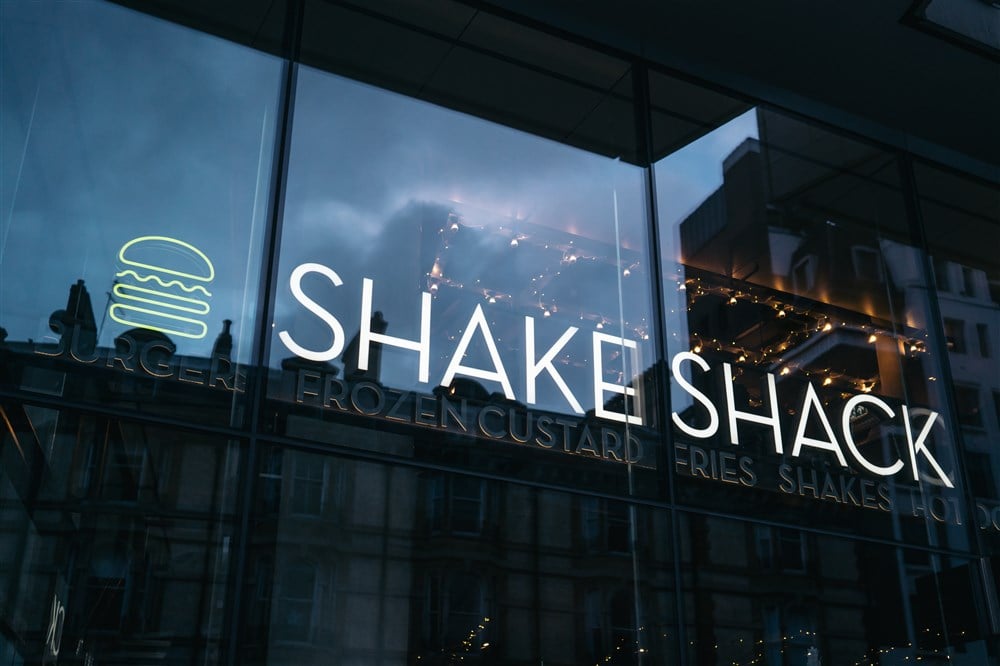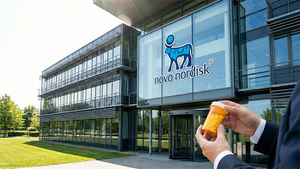
One of the main questions that investors ask themselves when coming up with investment ideas is whether their bull case is already priced into the stock. If it is, then the upside to be had becomes relatively small, even if the thesis turns out to be correct.
Shares of Shake Shack Inc. (NYSE: SHAK) have been on a tear this year, as their year-to-date performance will measure an astonishing 60.7%, outperforming the broader S&P 500 index by as much as 42.7%.
Some investors are worried that any further growth prospects in the business may already be priced in with this massive rally. However, the company's financials reveal a few fundamental tailwinds that are not reflected in the company's stock price. Analysts still see some upside, and markets are placing high expectations on the stock.
Dip After Earnings Beat... Buy?
Markets have their way of bringing about surprises; in the case of Shake Shack, an unexpected pullback of 17% acts as the latest head-scratcher for shareholders. Despite reporting a roughly 50% beat on earnings per share, bears have overwhelmed other investors in beating the stock down.
Investors can revisit Shake Shack's press releases and take away the following trends, all pointing to a current stock price being well below where it should be. Starting with the top line, this restaurant business has grown its revenues by an average of 21.7% during the past five years.
This growth measure may be exciting on its own. However, it really begins to shine when compared to the industry as a whole. Taking the average five-year revenue growth figures from the mid-capitalization ($2 to $10 billion in size) restaurant sector, a 10.3% measure dwarfs behind Shake Shack.
In the past year alone, revenues grew by 17.8%, as management proudly highlights in the second quarter 2023 earnings press release. Analysts expected the company to report $0.09 EPS; to their surprise, Shake Shack said $0.18, yet the stock sold off for a few days after the announcement.
Another reason for investors to consider a potential dip buy is the profitability behind the business model, especially relative to other strong players in the space.
Shake Shack's gross profit grew to 72.1% this quarter, superior to more prominent names like Chipotle Mexican Grill (NYSE: CMG) with all its upside and Wendy's (NASDAQ: WEN). With a gross margin of 70.6% and 44.7%, these names fall a bit behind Shake Shack's building success, something markets are beginning to notice.
High Expectations to be Filled
Today, Shake Shack analyst ratings point to a consensus price target of $72.9 a share, implying a net upside of 9% from today's prices. While a decent target, there needs to be more consistency between the perceived upside and analysts' EPS expectations for 2024.
Shake Shack's EPS is expected to jump by 52% annually, which should drive a similar rally in the stock price since, typically, EPS derives stock valuations. Now that analyst targets seem a bit conservative, it is time to check what markets are thinking.
Using the forward price-to-earnings ratio, investors can gauge what value markets are placing on the next twelve months of expected earnings, and this way, they can compare Shake Shack's perceived value with its competitors.
The Mid-cap restaurant industry carries an average forward P/E of 51.5x, which again pales compared to Shake Shack's 167x. While some argue that this valuation makes the stock more expensive, there are good reasons why this is so.
Just like any other product or service, if a customer prefers to go the cheaper route, it is likely that the quality or delivery will be sub-par. In the same way, markets are willing to pay a premium price for Shake Shack stock relative to comparable companies; there must be a higher quality of expected earnings or simply above-average growth projections.
Investors may ask themselves what will spur this growth. And while the answer may be more complex, there may be a simple explanation. Food prices, shipping, and freight costs have normalized after their rampant increases during the COVID-19 pandemic, making input costs for the food industry contract.
Increased profitability coming from normalized input costs may be one of the factors that will deliver these growth prospects, but why not just listen to management's input? During the year, management has moved to open ten new U.S. locations alongside thirteen new licensed "Shacks," including recent spots in the Asia Pacific region. With added exposure to China and Thailand, the business is now exposed to the higher-growth areas.
All else being equal, management would not be investing and planning to open new locations so aggressively if the prospects of higher demand and market adoption were not present. The question is, will investors join the company in its further growth path?





